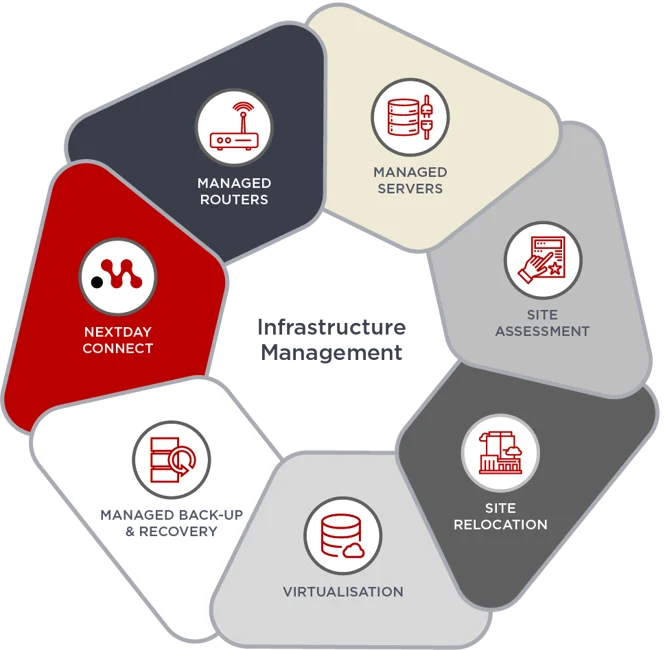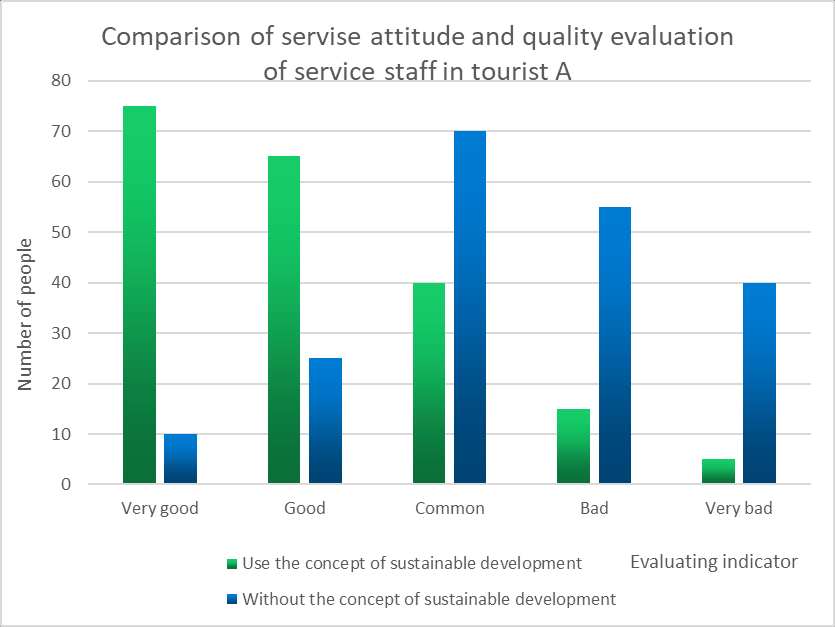Health services research and health care management have often focused on supplies and personnel in relation to the quantity and quality of health care services. While these aspects are undeniably important, the role of health care facility infrastructure should not be underestimated. Facility infrastructure plays a crucial role in the delivery of health care services and is an essential component of a health care system.
The term “infrastructure” refers to the physical, technical, and organizational components or assets that are necessary for the delivery of health care services. It encompasses the facility itself, the physical infrastructure, the supply facility system, the disposal system, technical medical equipment, information and communication technology, and outreach services.

While many people associate infrastructure only with the physical building and medical equipment, all these components are essential for ensuring the accessibility, availability, quality, and acceptability of health care services. The functionality, quality, and extent of these components determine not only the health care services provided but also the working conditions of the facility staff.
Unfortunately, the literature on health care facility infrastructure is limited, and there is a lack of easy-to-use instruments for assessing its quality. To address this gap, a rapid assessment tool was developed for primary health care facilities in Tanzania. This tool aims to provide fast and reliable knowledge on the condition of health care infrastructure, serving as evidence for health policy decision-making.
Existing health care infrastructure assessment instruments are scarce. Therefore, the development of a tool specifically tailored to the Tanzanian context was necessary. This rapid assessment tool encompasses various aspects of infrastructure, including the physical condition of the facility, the availability of essential supplies, the adequacy of waste disposal systems, the functionality of medical equipment, the use of information and communication technology, and the provision of outreach services.
By using this tool, health authorities can quickly assess the strengths and weaknesses of primary health care facilities in Tanzania. The results can inform decision-making processes, such as resource allocation, infrastructure improvements, and capacity building initiatives. Furthermore, the tool can be adjusted and used in other contexts to assess health care facility infrastructure.
In conclusion, the rapid assessment tool for health care facility infrastructure in Tanzania is a valuable instrument for health care systems management. It provides a systematic approach to evaluate the condition of primary health care facilities, enabling evidence-based decision-making and the identification of areas for improvement. By focusing on infrastructure, health authorities can enhance the overall quality of health care services and ultimately improve the health outcomes of the population.
FAQs
Q: Why is health care facility infrastructure important?
A: Health care facility infrastructure is crucial for the delivery of quality health care services. It encompasses the physical, technical, and organizational components necessary for the functioning of health care facilities. The accessibility, availability, and acceptability of services, as well as the working conditions of facility staff, are directly influenced by the quality and extent of the infrastructure.
Q: How does the rapid assessment tool work?
A: The rapid assessment tool is designed to quickly assess the condition of health care facility infrastructure. It covers various aspects, including the physical condition of the facility, the availability of essential supplies, the adequacy of waste disposal systems, the functionality of medical equipment, the use of information and communication technology, and the provision of outreach services. The tool provides a systematic approach to identify strengths and weaknesses, enabling evidence-based decision-making for infrastructure improvements.
Q: Can the rapid assessment tool be used in other countries?
A: While the tool was developed specifically for primary health care facilities in Tanzania, its framework can be adapted and applied in other contexts. By modifying the assessment criteria to suit local conditions, health authorities in other countries can use the tool to evaluate their own health care facility infrastructure. This flexibility makes it a valuable instrument for health care systems management beyond Tanzania.
Conclusion
The rapid assessment tool for health care facility infrastructure in Tanzania is a valuable instrument for health care systems management. It allows for the systematic evaluation of primary health care facilities, providing evidence for decision-making and improvement initiatives. By investing in infrastructure, health authorities can enhance the overall quality of health care services and ultimately improve population health outcomes.

